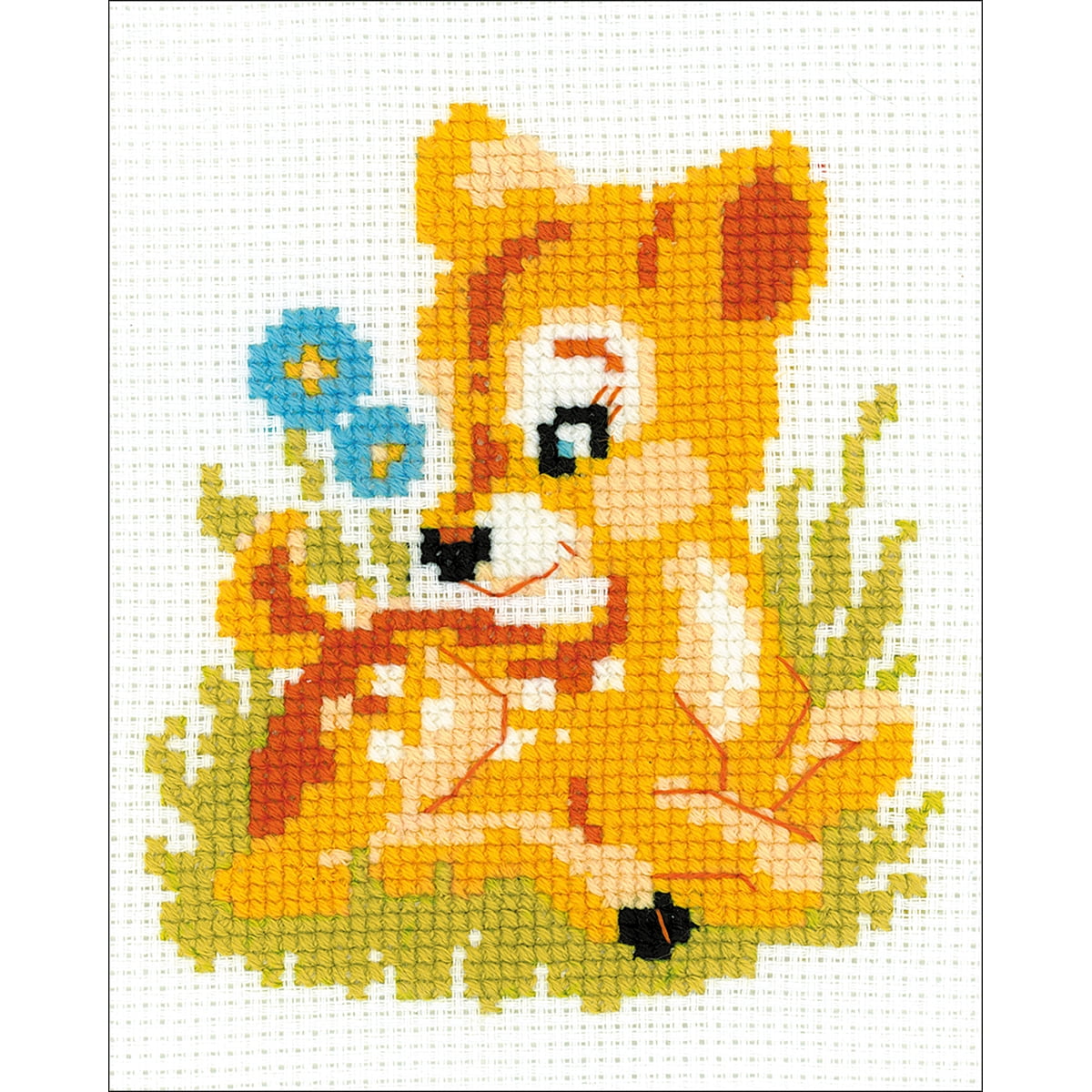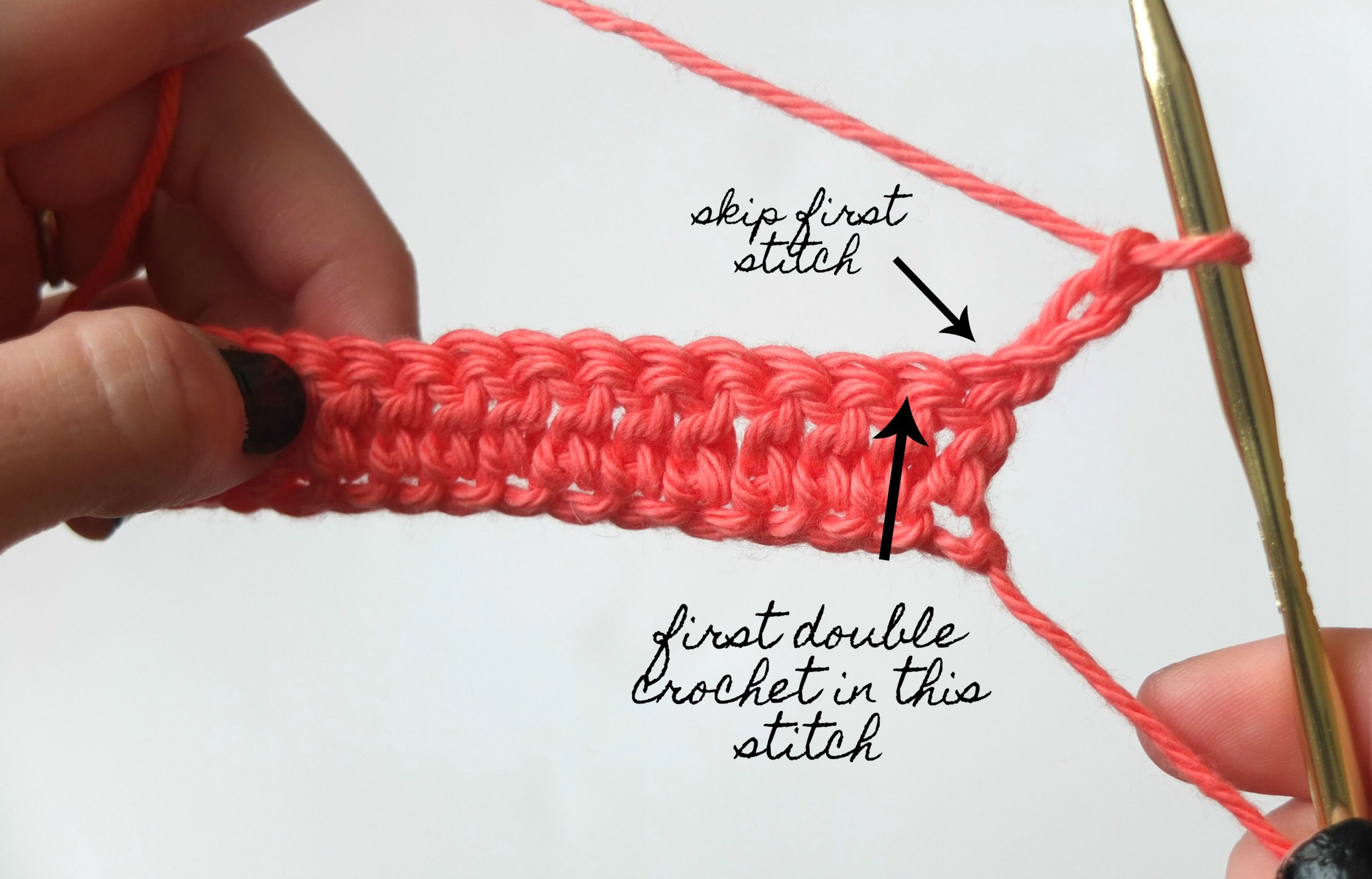
If you reduce this to 50 spi, the new coverage is about 6,188 stitches. A 2-inch-by-2-inch fill segment with a density of 63.5 stitches per inch (spi) has about 6,917 stitches. You can shave thousands of stitches off this design by reducing its size by 5% to 10%.Īdjust the Density: Try reducing the density of satins and fills. Before doing so, first analyze the design to ensure that it’s suitable for size reduction: Will the elements sew properly at a smaller size? Does the smaller size work for the intended application? Is the design in an outline format? If not, the stitch count won’t decrease when shrunk. Resize the Design: Perhaps the simplest way to shave off some stitches is to resize the design. Try one of these techniques to reduce the number of stitches in a design, saving you time and money without compromising quality. This is unacceptable and will likely result in an unhappy customer. Not having enough stitches to provide proper coverage will lead to poor quality, as the fabric will be visible through the design. Excessive stitch coverage can lead to problems like thread breaks, needle breaks, holes in the garment and fabric distortion. It does not store any personal data.When it comes to embroidery, there’s a fine line between too many stitches and not enough. The cookie is set by the GDPR Cookie Consent plugin and is used to store whether or not user has consented to the use of cookies. The cookie is used to store the user consent for the cookies in the category "Performance". This cookie is set by GDPR Cookie Consent plugin. The cookie is used to store the user consent for the cookies in the category "Other. The cookies is used to store the user consent for the cookies in the category "Necessary".

The cookie is set by GDPR cookie consent to record the user consent for the cookies in the category "Functional". The cookie is used to store the user consent for the cookies in the category "Analytics". These cookies ensure basic functionalities and security features of the website, anonymously. Necessary cookies are absolutely essential for the website to function properly.
REDUCE STITCH COUNT STITCHBUDDY SOFTWARE
See for yourself how easy-to-use this software really is!
REDUCE STITCH COUNT STITCHBUDDY TRIAL
Want to try a free 30-day trial of Hatch embroidery software? Click hereto use Hatch like you own it. Then, with a couple of clicks using the “Auto Fabric Assist” tool, I’m able to change all the properties, which lowers the stitch count. Within the Hatch digitizing platform, I can digitize an entire design using a specified fabric type.

These will include densities, pull compensations, and the underlay used… all of which should be changed for specific items and fabric types. This is important because if you have both the original file and access to the program it was digitized in, you can adjust all the properties within the file. The native format within each software program will save the original nodes and properties used when creating the embroidery file, and it is “object-based,” not just converted stitches. The best way to lower stitch counts with designs while digitizing is to make sure you save and edit the native format of the design. If they do not identify the “special request,” then be sure to charge them for any edits that need to be done after the fact time is money, after all! “Special request” can fall into many categories terrycloth, polar fleece, foam embroidery, leather, and the list goes on. I’ll leave it to your discretion as to what names you wish to give them.Īt the beginning stages of getting to know your customer, let them know that “special requests” must be addressed when the order is placed. This can get confusing when your customer base grows into the hundreds, so start documenting or categorizing your customers right at the beginning. The best way to keep a happy customer is to get to know their specific needs. Then you can get either end of the scale getting overly cutthroat because many companies may be bidding for the same job. Some want quality, rich in appearance, and on the higher end of the density scale, while others are only price conscious because that’s how they operate their business. You might as well be psychic as you have to constantly adjust yourself to the type of customer you’re currently doing the job for.

In-the-Hoop Projects: Zipper Insertions.Digitizer’s Dream Course Overview & Level 1.


 0 kommentar(er)
0 kommentar(er)
